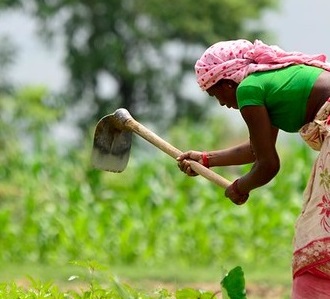

As the world population skyrockets, so does hunger. The warning sent out by the Food and Agriculture Organisation of the United Nations (FAO) and the World Food Programme (WFP) projects food insecurity to worsen in 20 countries. Although fortunately, Nepal has improved food security in recent years, it has steered far from its ability in the 1960s. Back then, Nepal was self-sufficient in food grain, with the highest cereal yield in South Asia. Now, Nepal imports a staggering 80% of the grain consumed (Ministry of Agriculture and Livestock Development 2019 report).
According to the 2016 Nepal Demographic and Health Survey, 4.6 million people are food insecure in Nepal (without reliable access to food). This can be attributed mainly to natural disasters, civil unrest, poor infrastructure and deforestation. Although these factors remain indomitable, integrating technology and research in agriculture can help tackle food insecurity. Since farmers have to produce more with fewer resources available, the yield must increase—and they cannot do it alone.